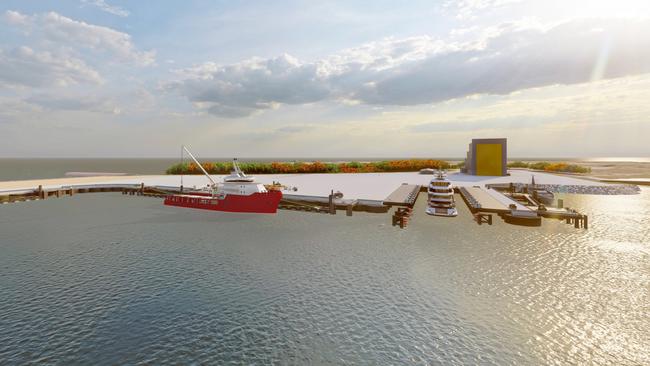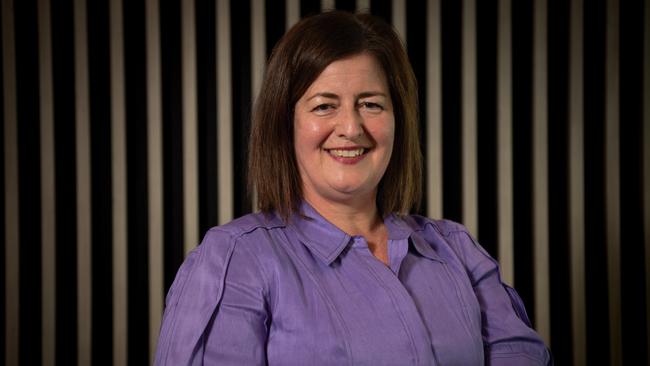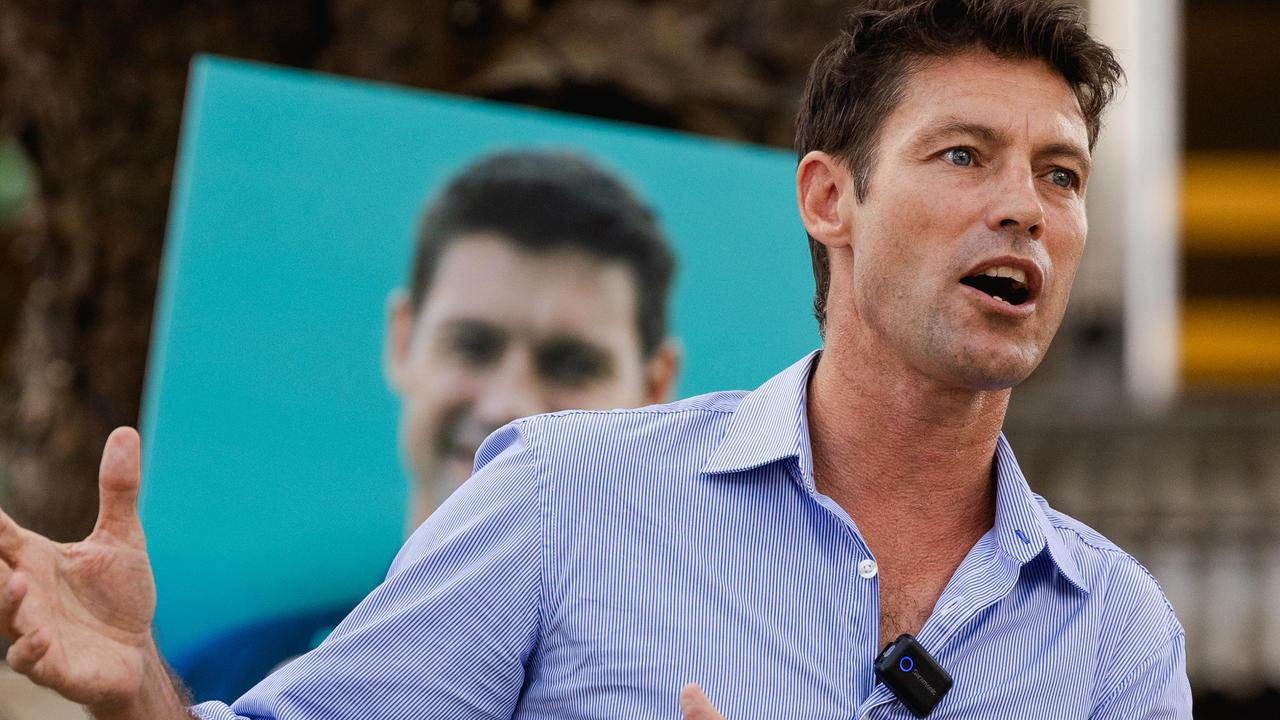NT economy: Winning private sector investment crucial in bid for $40bn economy by 2030
With the pipeline of major infrastructure projects in the NT swelling to $78bn, the government has a chance to arrest the shrinking local economy – but the headline dollar figure also masks an uncomfortable truth.

Politics
Don't miss out on the headlines from Politics. Followed categories will be added to My News.
Winning private sector investment in the Northern Territory remains a key focus of political and infrastructure chiefs, with the imbalance between private and public investment a key barrier to growing the economy to its $40 billion target.
Writing in last month’s Investment Territory 2023–24 Progress and Outlook Report, Chief Minister Eva Lawler said without private sector investment, the government’s longstanding goal of growing the economy to $40bn by 2030, and achieving a population of 300,000, would be a pipe dream.
“We are heading in the right direction, and are continuing the work to attract and secure investors, then see projects through to final investment decision and beyond,” she said.
“The Territory is emerging as a global leader in a range of sectors, notably critical minerals, mining and processing, gas and renewable energy.”
The Territory has long been plagued by an imbalance between public and private sector investment, with too little of the latter leading to an overabundance of the former.

And the overall pie is getting smaller: in 2022–23, the NT economy decreased by 5.3 per cent to $30.1bn, after growing 5.1 per cent the year prior.
However, the government remains hopeful that a burgeoning infrastructure pipeline is enough to stop the rot.
Chief among the proposals are the $1.5bn Middle Arm Sustainable Development Precinct, the Beetaloo Sub-basin and Barossa Gas Project, as well as projects in the tourism, minerals, energy and agribusiness sectors.
According to the Territory Investment report, if all the major infrastructure projects in the pipeline were developed, they would be worth an estimated $78bn, up from $53bn the year prior.

However, a number of the projects have significant caveats.
For instance, the Australia-Asia PowerLink (i.e. Sun Cable) would result in an estimated $35bn capital expenditure, but has been plagued by uncertainty since the well-publicised breakdown in relations between the project’s two key backers, Andrew ‘Twiggy’ Forrest and Mike Cannon-Brookes.
Meanwhile, Forrest’s recent crabwalk away from Fortescue Future Industries’ full-throated backing of green hydrogen as the future fuel par excellence may result in capital getting cold feet over projects such as the Darwin H2 Hub at Middle Arm.

Some projects, such as the $515 million Darwin Ship Lift, take years longer to construct than first forecast, while others require significant government backing before private investors are willing to stump up – think the $840m commonwealth loans towards Arafura Rare Earths’ Nolans Project.
Ms Lawler said the government was spending records sums on “direct investment in enabling infrastructure,” which she said was the immovable foundation stone needed to secure private capital.

According to Territory Investment Commissioner Kelly Ralston and Major Projects Commissioner Jason Schoolmeester, energy projects are expected to form the backbone of any local economic recovery.
“Regional trading partners are driven by the need for energy security as well as decarbonisation and net zero goals,” they wrote in the Investment Territory report.
“These drivers play to the Territory’s strengths through the delivery of natural gas, renewable energy, hydrogen production and critical minerals.”





